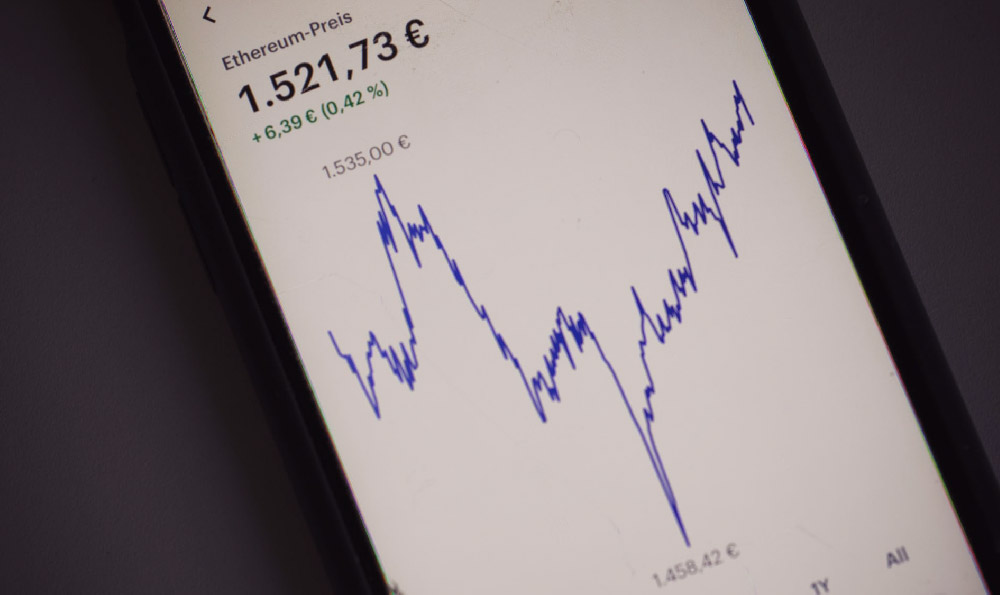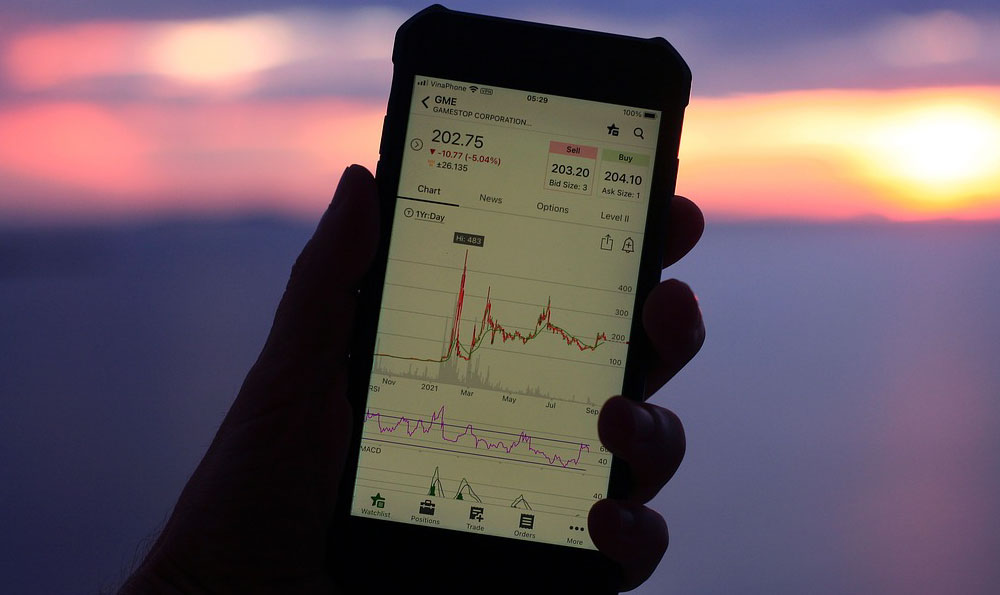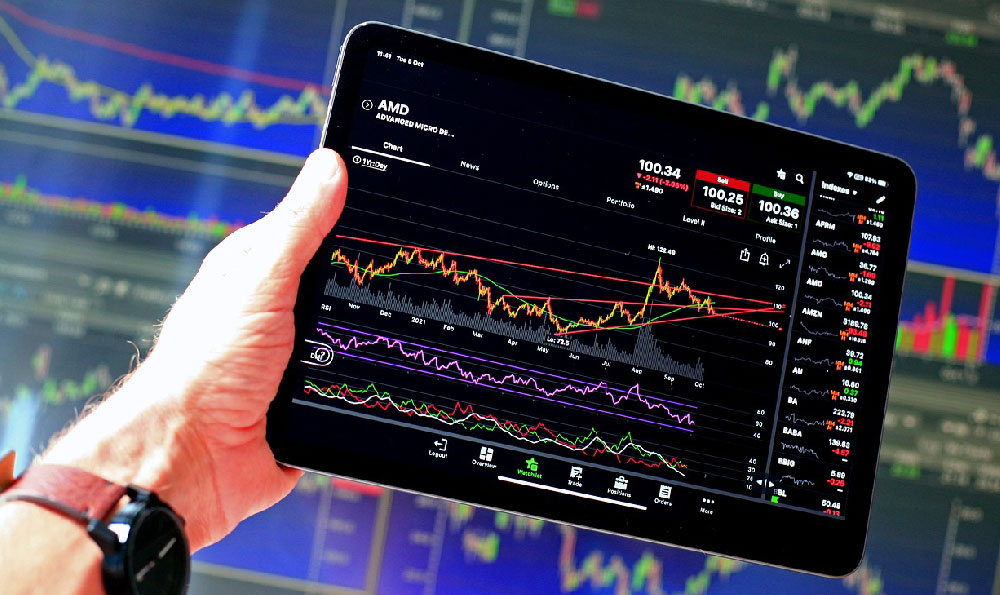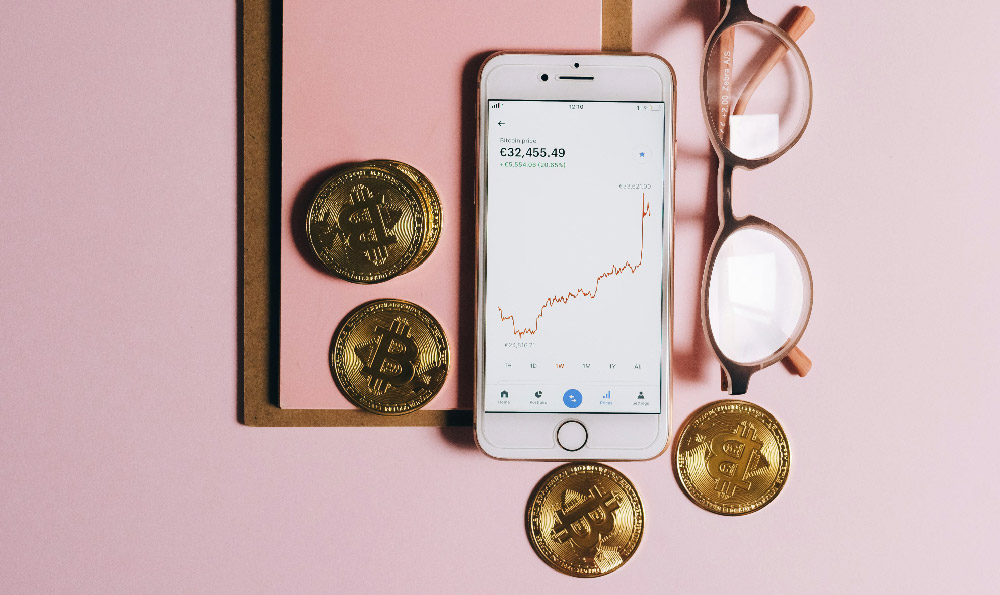Let's delve into the complex world of YouTube monetization and explore the question of how much money YouTube pays per view. The answer, unsurprisingly, is not a simple, fixed number. Instead, it's a dynamic figure influenced by a multitude of factors. Understanding these factors is crucial for anyone hoping to earn a substantial income from their YouTube content.
At the heart of YouTube's payment system lies the concept of CPM (Cost Per Mille, or cost per thousand impressions) and RPM (Revenue Per Mille, or revenue per thousand views). CPM represents the amount advertisers pay YouTube for every 1,000 times their ad is shown. RPM, on the other hand, is what creators actually earn per 1,000 views after YouTube takes its cut (typically around 45%). While CPM is what advertisers pay, RPM is the more relevant figure for YouTubers trying to estimate their earnings.
The amount YouTube pays per view, therefore, is heavily reliant on the RPM. Estimating a direct payment per view is tricky, but RPM gives a better sense of what to expect. Generally, RPM can range from a few cents to several dollars. This wide range underscores the importance of the factors that influence it.

One of the most significant factors is the niche of the content. Certain niches are more attractive to advertisers than others. For instance, videos related to finance, technology, or business often command higher CPMs because advertisers targeting those audiences are willing to pay more. This is because these demographics are often associated with higher purchasing power and a greater likelihood of converting into customers. Conversely, content focused on gaming or entertainment, while potentially garnering massive views, may have lower CPMs due to a less lucrative target audience for advertisers. Think about it: a financial institution might pay a premium to advertise alongside content discussing investment strategies, but a toy company might not be willing to pay as much to advertise alongside a gaming livestream.
Another critical factor is the viewer demographics. Advertisers are very particular about who sees their ads. If a channel's audience primarily consists of viewers from developed countries like the United States, Canada, the United Kingdom, or Australia, the CPM and RPM will generally be higher. This is because these countries tend to have higher advertising rates and a larger pool of advertisers vying for viewers' attention. Viewers in these regions often have greater disposable income, making them more attractive targets for advertisers. On the other hand, channels with a significant audience from developing countries may experience lower CPMs due to lower advertising rates and potentially less attractive demographics for some advertisers.
Ad format also plays a crucial role. Different ad formats command different CPMs. For example, skippable video ads generally have lower CPMs than non-skippable video ads because viewers have the option to skip them. Similarly, bumper ads (short, non-skippable ads) often have lower CPMs than mid-roll ads (ads that appear during longer videos). The longer and more intrusive an ad is, the higher the CPM tends to be, but this also needs to be balanced against viewer experience. Annoying viewers with too many or too long ads can lead to them leaving the video or even unsubscribing.
The time of year also influences ad rates. CPMs tend to be higher during certain periods, such as the holiday season (especially November and December) and around major product launches. This is because advertisers are more willing to spend money to reach consumers during these peak shopping periods. During these times, competition for ad space increases, driving up CPMs and, consequently, RPMs. Conversely, CPMs might be lower during the "slow" months of January and February after the holiday rush.
Ad engagement is another contributing factor. If viewers are actively engaging with ads (e.g., clicking on them or watching them to completion), the CPM will likely be higher. This signals to advertisers that their ads are effective and that the channel's audience is receptive to advertising. YouTube's algorithm takes this into account, rewarding channels that generate high ad engagement with higher CPMs.
Beyond these factors, YouTube's algorithms and policies also play a role. Changes to YouTube's algorithms can impact ad placement and revenue sharing, so staying up-to-date on these changes is important. Furthermore, adhering to YouTube's monetization policies is crucial. Violating these policies can lead to demonetization or even suspension from the YouTube Partner Program.
Finally, the video length has an impact. Longer videos can accommodate more mid-roll ads, potentially increasing revenue. However, simply cramming a video full of ads can detract from the viewing experience and negatively impact viewer engagement. A balanced approach is key.
In conclusion, determining the exact amount YouTube pays per view is a complex undertaking. While RPM provides a helpful metric, it's crucial to understand the various factors that influence it. By focusing on creating high-quality content in a lucrative niche, optimizing for viewer demographics, experimenting with different ad formats, and staying abreast of YouTube's evolving policies, creators can increase their earning potential and build a sustainable income stream from their YouTube channel. Remember that consistency, engagement with your audience, and continuous improvement are all vital components of long-term success on YouTube. While the factors outlined above dictate the theoretical earning potential, it's the consistent application of these principles and dedication to content creation that ultimately determines how much a YouTuber actually earns.












